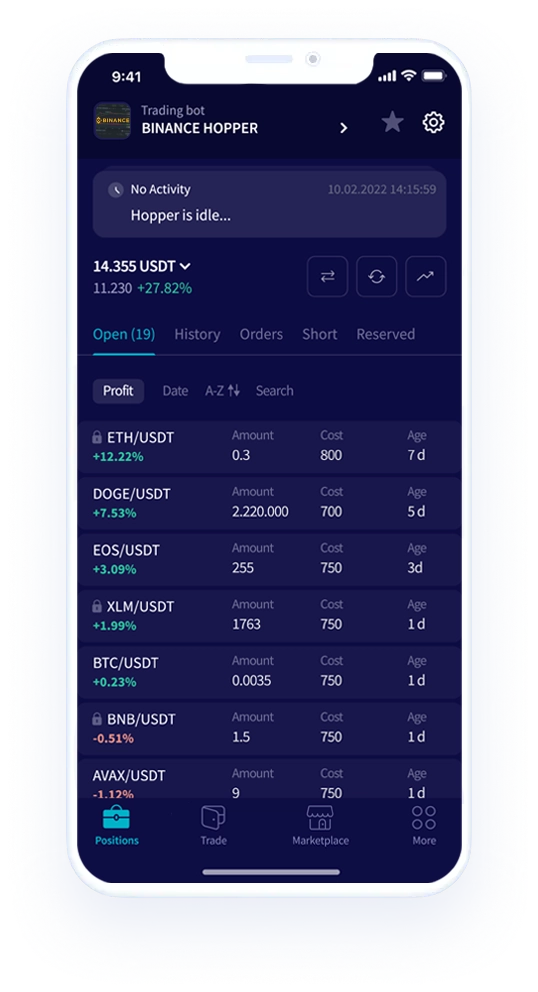What Is Chainlink (LINK)?
Chainlink is a decentralized oracle network that bridges blockchain environments with real-world data, enabling smart contracts to access external information. The protocol addresses critical limitations in blockchain data integration through its innovative, multi-source verification mechanism.
Overview
Chainlink has emerged as one of the most widely utilized protocols within the cryptocurrency ecosystem. This decentralized oracle network enables smart contracts on Ethereum to access external data sources. Essentially, it creates connections between blockchain environments and real-world information.
You can conceptualize Chainlink as a collective of verification mechanisms, continuously working to establish the most accurate data representations. Understanding why this collective approach provides superior credibility compared to alternatives requires examining its fundamental architecture.
Background Context
Smart contracts enable automated transaction execution within blockchain environments. They process information and execute when predetermined conditions are satisfied. This functionality presents a fundamental challenge.
Blockchain systems lack efficient mechanisms for accessing data external to their networks. Connecting off-chain information with on-chain protocols represents one of the significant challenges confronting smart contract functionality.
Chainlink addresses this limitation through its decentralized oracle network. An oracle functions as a translation interface, converting external data into formats compatible with smart contracts (and performing reverse translations). For comprehensive understanding of oracle mechanics, consult resources on Blockchain Oracles Explained.
Understanding Chainlink's distinction from alternative blockchain oracle solutions requires deeper examination.
The Chainlink Protocol Explained
Chainlink operates as a decentralized infrastructure of blockchain-integrated oracles enabling smart contracts to interface with external information sources. These sources include APIs, proprietary systems, and various external data streams. LINK functions as an ERC-20 token facilitating payment for oracle network services.
What establishes Chainlink's decentralized nature? Understanding requires first examining centralized oracle architecture. Centralized oracles represent singular providers supplying external information to smart contracts. This creates a single information source. Significant vulnerabilities emerge from this design. Consider the implications if that singular oracle delivers inaccurate or falsified data. All dependent systems would experience failure. This vulnerability, commonly termed the oracle problem, represents the challenge Chainlink addresses.
Operational Mechanics
Chainlink employs a distributed node network attempting to maximize data reliability and trustworthiness for smart contract consumption.
Consider a scenario where a smart contract requires real-world data and initiates a data request. The Chainlink protocol identifies this event and distributes it to Chainlink nodes, which submit bids to fulfill the request.
The system's strength derives from its multi-source data validation capabilities. Utilizing its integrated reputation mechanism, Chainlink determines source trustworthiness with substantial accuracy. This approach significantly enhances result precision while protecting smart contracts against various attack vectors.
How does LINK token integration function within this system? Smart contracts requesting data compensate Chainlink node operators using LINK tokens for their services. Node operators establish pricing based on prevailing market conditions for specific data types.
Node operators additionally stake network assets to demonstrate long-term protocol commitment. Mirroring Bitcoin's crypto-economic framework, Chainlink's node operators receive incentives for secure behavior rather than malicious actions.
Integration with Decentralized Finance
As decentralized finance (DeFi) gains adoption, demand for sophisticated oracle services increases correspondingly. Most DeFi projects incorporate smart contract functionality requiring external data for proper operation.
Centralized oracle implementations expose DeFi platforms to numerous vulnerabilities, including flash loan exploits through oracle manipulation. Multiple such incidents have occurred and will likely persist while centralized oracles maintain current prevalence levels.
While many might assume Chainlink eliminates these concerns entirely, this perspective oversimplifies the situation. Despite projects including Synthetix and Aave implementing Chainlink technology, new risk categories emerge. Excessive platform reliance on identical oracle services creates systemic vulnerabilities if Chainlink experiences operational disruptions.
This scenario might appear improbable. Chainlink operates as a decentralized oracle network theoretically lacking single failure points. Nevertheless, September 2020 witnessed Chainlink nodes experiencing spam attacks where attackers potentially extracted 700 ETH from node operator wallets. Though quickly contained and resolved, this incident demonstrates no system achieves complete immunity from malicious activities.
Token Economics and Distribution
LINK maintains a maximum supply cap of 1 billion tokens. The 2017 ICO distributed 35% of total supply. Approximately 300 million tokens remain under control of the founding organization.
Distinct from numerous crypto-assets, LINK implements neither mining nor staking mechanisms for supply expansion.
Storage Options
LINK lacks an independent blockchain infrastructure. It operates as a token within the Ethereum ecosystem. LINK tokens implement the ERC-667 standard, extending ERC-20 functionality. Consequently, you can store LINK using any compatible wallet including Trust Wallet or MetaMask.
Functional Applications
As previously discussed, Chainlink node operators can stake LINK tokens as collateral when bidding for data provision contracts. Winning node operators must deliver requested information to initiating smart contracts. Node operator compensation occurs exclusively through LINK token transfers.
This mechanism incentivizes node operators toward token accumulation. The rationale becomes clear: larger token holdings enable access to more substantial data contracts. Node operators violating protocol rules face LINK token confiscation as penalty.
Community Dynamics
Cryptocurrency projects frequently develop distinctive community member designations. Chainlink pioneered this trend successfully through its LINK Marines community.
This community-building approach demonstrates increasing effectiveness as cryptocurrency marketing strategy. Dedicated supporters generate substantial project attention across social platforms, potentially influencing various engagement metrics.
Bottom Line
Chainlink technology has established itself among DeFi's foundational infrastructure components and the broader cryptocurrency ecosystem. While creating certain risks within Ethereum's DeFi landscape, reliable external data sources remain critical building blocks for robust on-chain product development.

